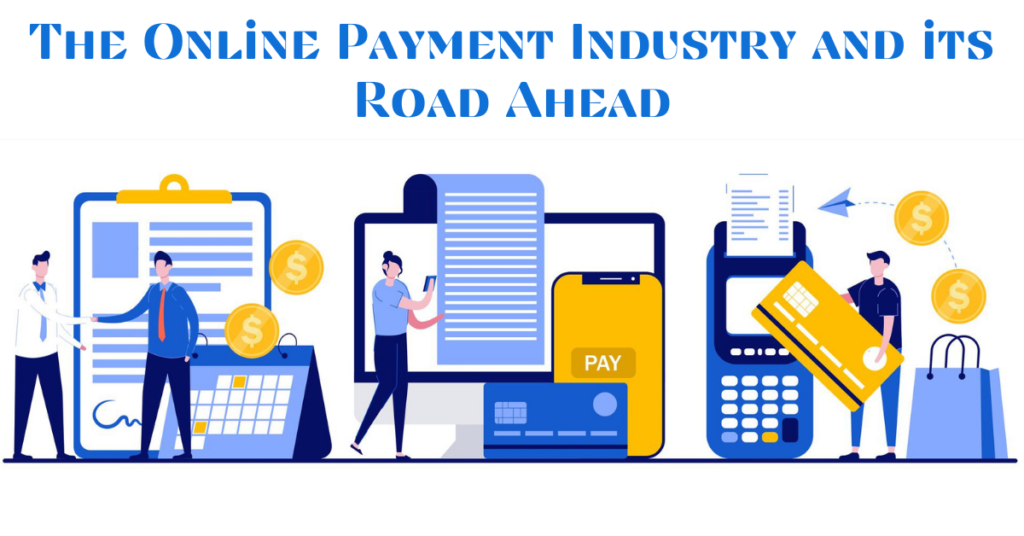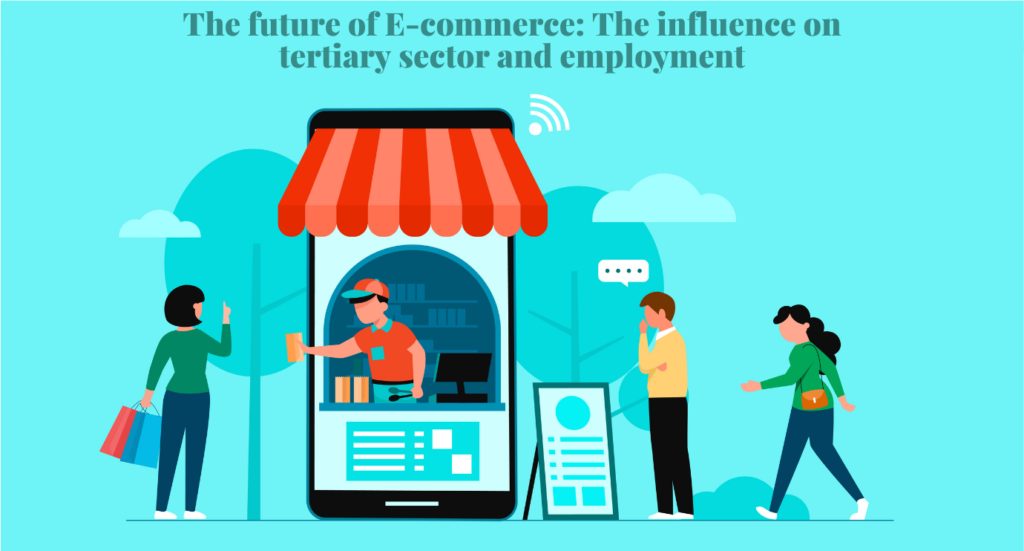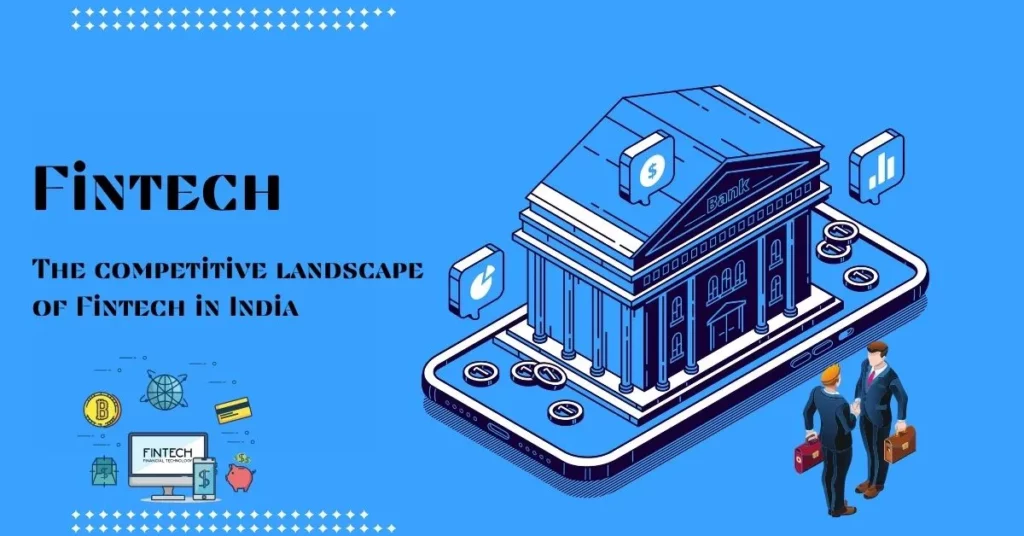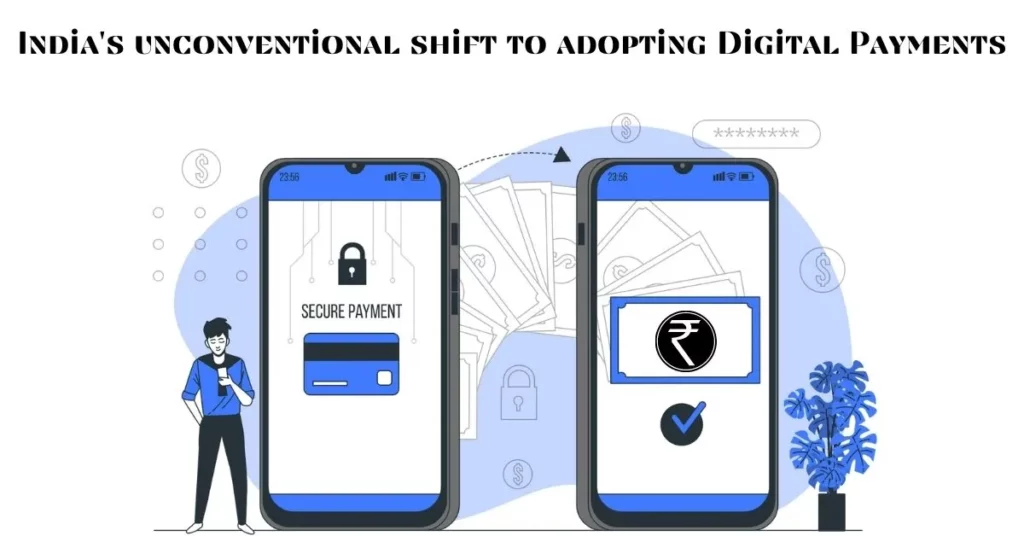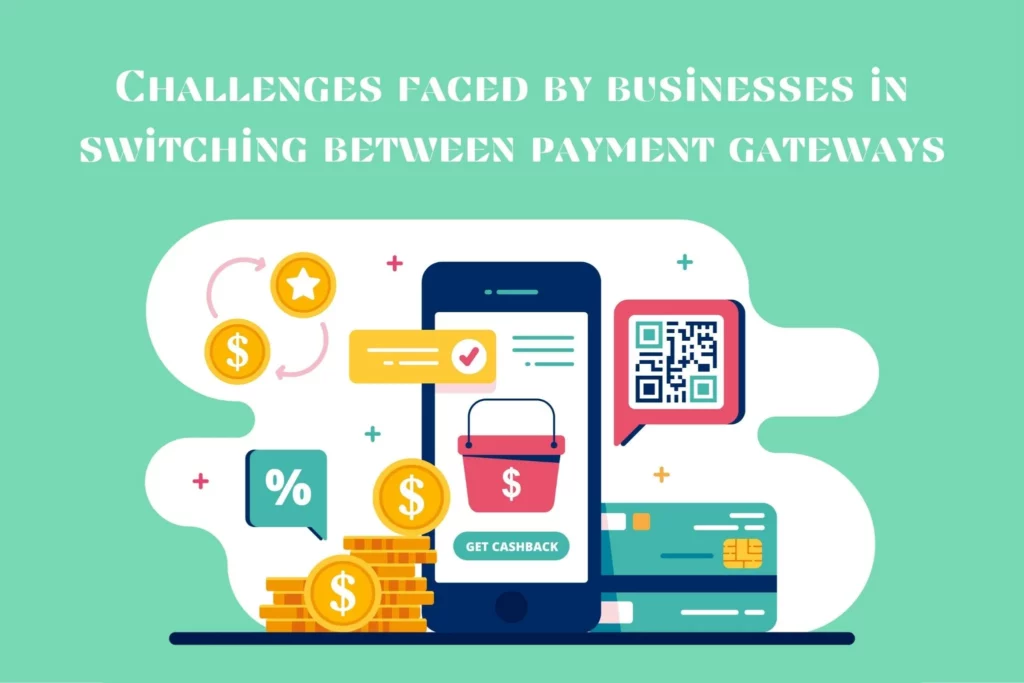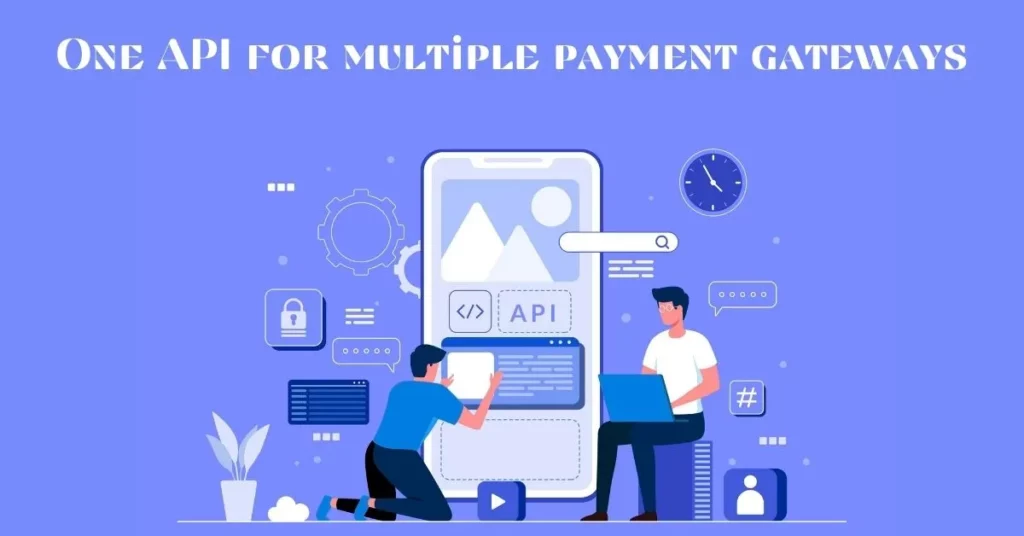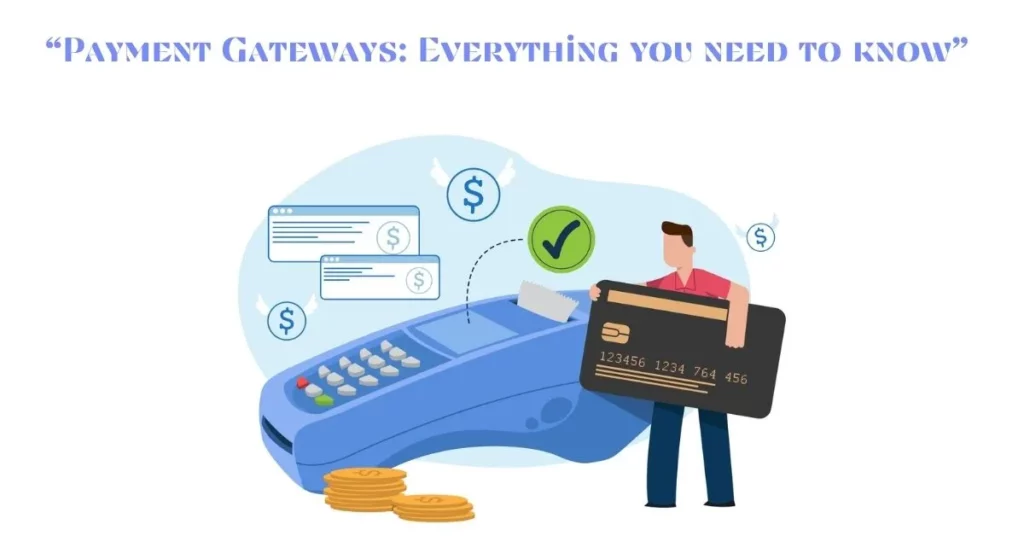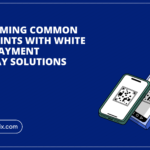In recent years, digital payments have shown exponential growth in India. Despite the COVID-19 pandemic and the impact it created on the economy, 43.71 billion online transactions have been reported in the fiscal year 2020-21. This rise has been fuelled by new participants joining the digital payments industry, technological advancements, customer convenience efforts, and forward-thinking legislative improvements.
The industry is set to expand steadily in the upcoming years. This article will provide major trends in the industry, key customer needs and the road ahead.
Major Trends in the Online Payment Industry
- Introduction of Tech Giants and Non-Banking Organisations
The digital payments market has been drawing tech giants because they perceive it as a 3.6 trillion USD potential market. Not only are online payments complimentary to these big organisations’ core operations in terms of facilitating payments and collections, but they also increase client loyalty.
A lot of these tech companies have already concentrated on payments and developing markets as fresh growth opportunities. In the payments sector, these companies have established new strategies and business models, while conventional companies such as payment service providers and banks are playing catch up. These models include:
- Neobanks and other overlay services, such as payment applications offer both investments as well as bill payment solutions.
- New partnerships and mergers in order to increase market presence in alternative financial services and discover new possibilities.
- Value-added services such as recon services, fraud prevention, or personalised reports can be used to create new income sources.
- Upselling or Cross-selling current customers on items such as digital loan products and one-stop applications.
- Subscription-based alternative pricing models.
- Open Banking
Today, customer-centric strategies dominate the payments sector. The open banking model allows third-party companies to obtain consumer banking details from multiple financial institutions via APIs.
Exposure to consumer data allows financial service providers to be upfront in their approach and give personalised, optimum solutions to clients, strengthening customer connections. Such information may also be utilised to do simple credit checks as well as risk assessments on specific customers seeking credit.
Open banking, pioneered by some of the major private sector banking institutions, has now expanded to become an essential component of the Fintech industry of India.
- Offline Payments
The Indian Reserve Bank started a pilot policy to increase offline payments. Companies have been pushed to speed up the implementation of offline payment options utilising cards or mobile phones. As a consequence, a number of offline payment solutions have been introduced.
- Dedicated Platforms and Systems
The increase of online payments has also resulted in a high number of unsuccessful transactions owing to technical challenges such as infrastructure failures, network disruptions, and server shutdowns, among other things. Throughout 2020, several large companies had such issues, which harmed consumer trust and hampered the further growth of digital payments. As a result, the majority of banks and payment providers developed specific platforms and systems to manage high-volume, frequent online payments.
- Sustained Innovations
India is leading the worldwide innovation in online payments. Stakeholders are attempting to research and create novel solutions in the international payments market. Some of the efforts that will acquire popularity and contribute to the continuation of innovation are as follows:
- International Transfers
- Framework by RBI that defines the qualification and governance requirements, as well as the range of activity for new organisations entering the market.
- The PIDF (Payments Infrastructure Development Fund) Scheme
Key Customer Needs
The payments sector is projected to experience considerable changes in these primary areas, which will assist to drive an already expanding market even further.
- Increased Security Standards
According to Industry reports, the estimated price of losses caused by fraud in 2020 will be around 14 crore INR.
The expansion of digital transactions and the engagement of many stakeholders necessitates an increase in online payment security. At this moment, phishing and vishing aren’t the only ways to attack online customers. Bank and payment service provider databases and systems are also being compromised. Although PCI-DSS and PA-DSS compatibility is required for all players in the payments industry, they are vulnerable owing to the lack of execution, exposed vulnerabilities, as well as redundant systems that are usually left unsupervised. Until recently, there have been multiple reports of client information being released through the takeover of a system belonging to payments solution providers. Such information is traded on the internet and exploited to deceive clients by scammers and spammers.
- Global Platforms
Over the last decade, India made major breakthroughs in the online payment space including Aadhaar Cards – a national biometric-based identity, Unified Payments Interface – a real-time digital payments framework that utilises virtual IDs linked with banks, AePS for biometric verification, FASTag for cashless toll transactions, and non – contact transit cards centered on NCMC standards.
India has also successfully developed IndiaStack, an API-based system that allows the government, banking institutions, and other enterprises to harness digital facilities for seamless customer/merchant registration and connectivity.
Today, technological innovations and interfaces are being employed to tackle many challenging challenges in India. Other nations are now asking India to help resolve their country-specific challenges.
- Integrated Products
In India, there is still room for greater integration of financial services and payment solutions. The arrival of banking institutions, payments system providers, technology service providers, as well as FinTech companies has complicated matters. While clients benefit from the expanded number of accessible tools, redundancy has risen in respect of non-supervised accounts as well as abandoned e-wallets that criminals might exploit for laundering money.
Consolidating payment services is necessary to improve efficiency and client satisfaction.
The Road Ahead
Undoubtedly, the digital payment environment is changing, and the industry has seen enormous development, innovation, and regulatory backing in the previous two years. As a result of the improvements, India has emerged as the most advanced country in terms of the online payment environment. The emphasis should be on maintaining this pace with further government assistance and innovations, security, and efficiency from the companies.
The emergence of Integrated API solutions such as Payomatix is a boon for the existing customer base. Whether you are looking for enhanced security, global transaction methods or just an application to help you integrate multiple payment gateways, Payomatix is here to help. It is currently the only system in India that enables businesses to merge several PSPs into a Single API interface with only a few clicks, making payment processing much easier.


